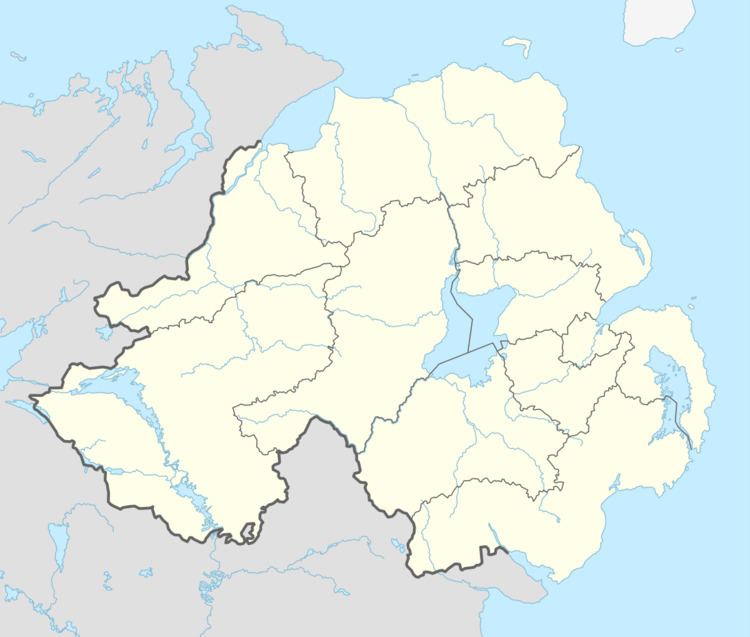Population 224 Sovereign state United Kingdom Local time Friday 7:22 PM Dialling code 028 | Irish grid reference H861312 Post town ARMAGH Province Ulster | |
 | ||
Weather 5°C, Wind NE at 27 km/h, 94% Humidity District Armagh City and District Council | ||
Darkley (from Irish: Dearclaigh, meaning "place of caves/hollows") is a small village and townland near Keady in County Armagh, Northern Ireland. It had a population of 224 people (80 households) in the 2011 Census. (2001 Census: 282 people)
Contents
Map of Darkley, Armagh, UK
History
Darkley is first mentioned on the Maps of the Escheated Counties (1609) which were drawn up at the beginning of the Plantation of Ulster. It was part of an ancient precinct called Toaghy (Tuath Uí Eachaidh), a narrow strip of land that stretched from Darkley to Killyleagh.
See The Troubles in Darkley for a list of incidents in Darkley during the Troubles resulting in two or more fatalities.
Education
The first schools in the Darkley were hedge schools. Later, schools were founded in the townlands that surround Darkley such as Aughnagurgan & Corkley and Tullyglush. The first school in Darkley was built in 1856 by William Kirk M.P. and opened its doors in 1857. The first principal was Master James Young, who had previously taught at Berry Street National School in Belfast. In 1932, a piece of land was donated by Mr. James E. Calvert for the purpose of building a new school. The other school had fallen into disrepair and had been condemned. On 30 May 1932, the new school opened in Moss Row. The principal was Master William Clarke.
Sport
The local GAA club is Phelim Brady's (Cumann Fhéilim Mhic Bhrádaigh), which plays football in the Armagh Junior competitions.
